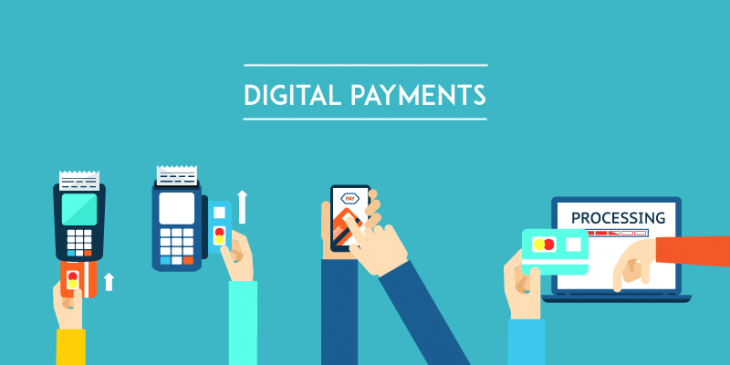The RBI has allowed NEFT and RTGS transactions via mobile wallets and made them interoperable.
On April 7, the Reserve Bank of India (RBI), in its monetary policy review, announced three key measures that will make your mobile wallets more efficient. First, it allowed e-wallets to offer Real-Time Gross Settlement (RTGS) and National Electronic Funds Transfer (NEFT) facilities to their users. Second, it has made interoperability of mobile wallets mandatory. And, third, it increased the maximum balance you can hold in your mobile wallets to Rs 2 lakh, up from Rs 1 lakh allowed presently. All these three measures are aimed at nudging people more towards using digital money. Importantly, your mobile wallets will soon start to resemble a bank account more than before.
Send money from your wallet directly
Typically, we use our wallets for making payments. But if you wish to buy something online, you could only buy stuff that your wallets offer: clothes or personal case items, movie tickets, air and rail tickets. But what if you want to pay children’s college fees, rent, or transfer business-related funds?
If you wish to transfer money from your wallet directly to someone, it wasn’t possible at all times. The only way that you could transfer funds was if the other person had the same wallet that you did. In simple words, a PayTm wallet holder can send money directly to another person with a PayTm wallet.
Sending money from your wallet to your own bank account, too, is a slightly cumbersome process. For instance, the PhonePe app doesn’t allow withdrawal of amounts from the wallet. Nor can funds be transferred from the wallet to your bank account. The only way you could send money from your wallet to your bank account was a bit twisted. You had to first buy digital gold from money lying in your mobile wallet. Then, you sell the gold and send the money directly to your linked bank account on PhonePe.
Now, with mobile wallets being allowed NEFT and RTGS facilities, you could add any beneficiary, including your own bank accounts and start sending money. “Some of us don’t like to leave a balance in our wallet for a long time and so we seek to transfer it back to the bank account. But at present, you have to raise a request with wallets that allow a reverse transfer. Now, with NEFT / RTGS transfer, you’ll be able to send money back to your bank account swiftly,” says Harshil Mathur, co-founder and chief executive officer of Razorpay. You will now be able to make business payments, transfer money to any other bank account
Loading money to your wallet (presently allowed only through cards and UPI) would also become faster.
But mobile wallets already allow UPI transfer. Can I not just use that?
Sure, you can send money to anyone using via the United Payments Interface (UPI). Now, UPI transfer is based on the IMPS (Immediate Payment Service) platform, managed by the National Payments Corporation of India (NPCI). Although NEFT and RTGS also help you to send and receive money, NEFT works in batches, 15 to 30 minutes apart. Although RTGS sends and receives money in real time, the minimum amount you can transfer is Rs 2 lakh at present.
By giving access to mobile wallets to NEFT and RTGS infrastructure, Kunal Varma, chief business officer and Co-Founder of MoneyTap says, the RBI is trying to reduce the burden of money transfers on the banking system. “RBI has realised, based on learnings from the pandemic, that digital payments are becoming more important.” Sunil Khosla, President Digital Business of India Transact Services says that compared to banks, the reach of digital wallets has expanded and, so, the inclusion of the RTGS and NEFT would further make customers in smaller towns to take to banking.
RBI’s detailed guidelines are still awaited. For instance, how would a digital wallet holder be able to use the RTGS facility? The RBI increased the maximum balance you can hold in your digital wallet to Rs 2 lakh, but that is clearly not enough.
Khosla says, “In future, customers may reduce the number wallets they use. They will stick with one wallet that has a user-friendly interface, and offers attractive cashback and reward schemes.”
Interoperability to ease matters
The RBI also proposed to make interoperability mandatory for full-KYC mobile wallets. This means a PayTm wallet holder will soon be able to send money to, say, a MobiKwik wallet holder. At present, you can only send money to others through digital wallets if they have the same wallet that you do.In 2018, RBI had made mobile wallet interoperability voluntary. But RBI governor Shaktikanta Das said in his monetary policy speech last week that “despite a passage of two years, migration towards full-KYC PPIs (Prepaid Payment Instruments), and therefore interoperability, is not significant. It is, therefore, proposed to make interoperability mandatory for full-KYC PPIs and for all acceptance infrastructure.”





































